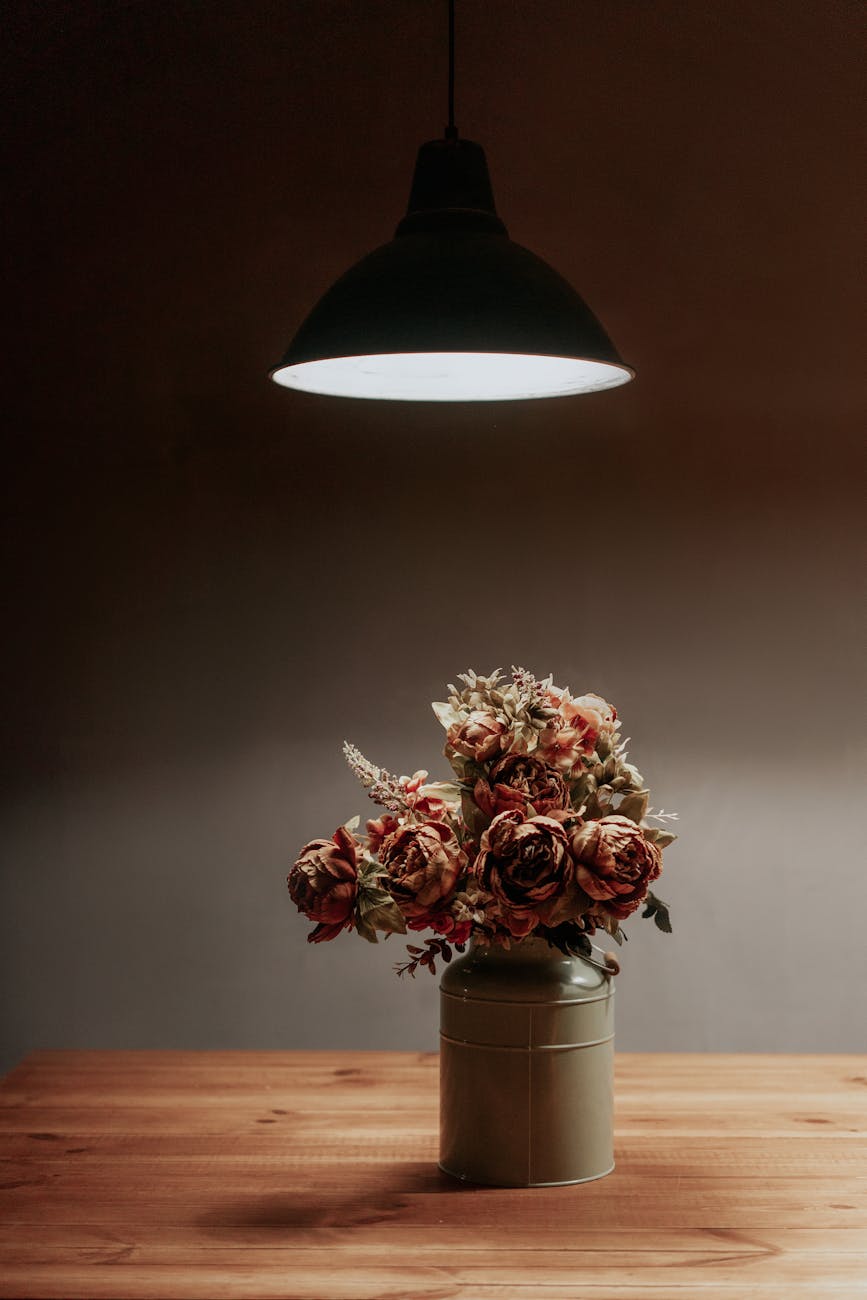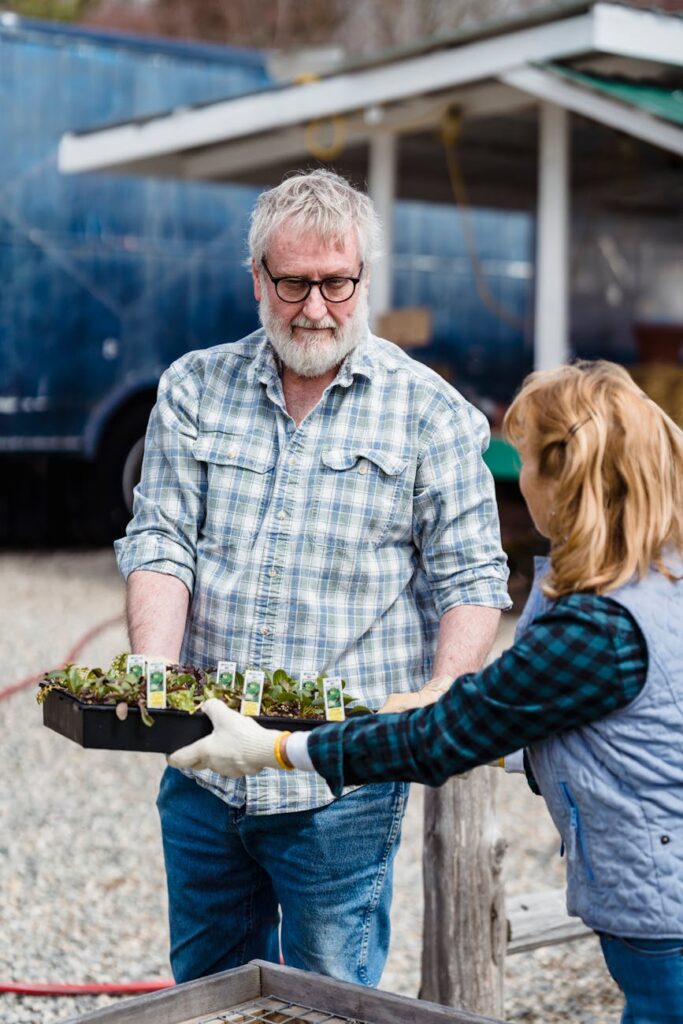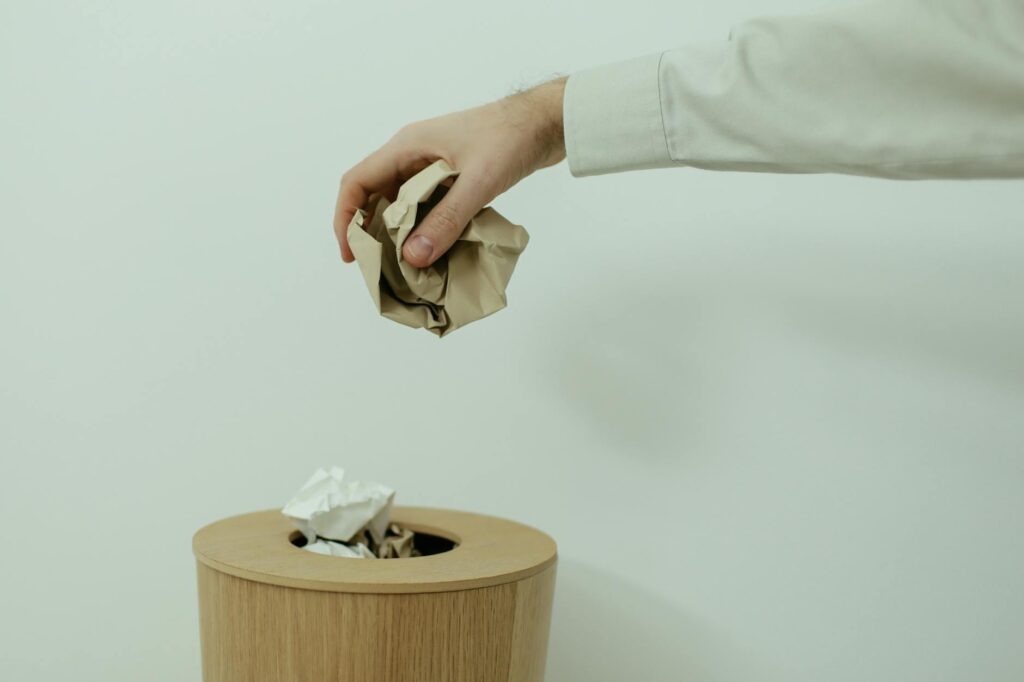Practical minimalist living tips for everyday simplicity
Minimalist living is not about owning as little as possible; it is about making intentional choices that free time, reduce stress, and create more room for what matters. This article lays out a simple, step-by-step approach you can apply immediately: start by editing your possessions, then shape a living space that supports calm and function, build everyday routines that sustain the simplicity you want, and finally adopt practices to keep minimalism practical and long-lasting. Each section builds on the last so you can move from a cluttered, reactive lifestyle to a considered, sustainable one. Read on for concrete checklists, realistic timelines, and a small data table showing typical gains from embracing minimalist habits.
Edit your possessions first
The most effective entry point is possessions. When items exceed your needs or add friction to daily life, they become the opposite of useful. Begin with a focused edit by room or category to avoid overwhelm.
- Set clear goals: decide whether you want to simplify to save time, reduce expenses, or create mental clarity.
- Use the four-question filter: Do I use it? Do I love it? Does it serve multiple purposes? Will I regret letting it go?
- Try a timed purge: spend 15 minutes per drawer or shelf—rapid decisions reduce overthinking.
- Create three boxes: keep, donate/sell, recycle/trash. Remove the donate/sell box from your home within 72 hours to avoid second-guessing.
Editing possessions makes the next steps easier: a pared-down inventory informs storage needs and allows you to design spaces that match how you live.
Design a functional living space
With fewer things, you can arrange your home around function and flow rather than fitting furniture around clutter. Focus on purposeful zones, sightline control, and multiuse furniture to keep the space versatile.
- Create activity zones: sleeping, working, relaxing, cooking. Keep items for each zone only in its area.
- Optimize vertical space: wall shelves, hooks, and pegboards free floor area and make essentials visible.
- Choose multiuse pieces: ottomans with storage, foldable tables, or a daybed that doubles as a sofa save space and cost.
- Limit surfaces: clear counters and tables except for two to three meaningful or functional items to reduce visual noise.
Design decisions should support the routines you want; if cooking matters most, prioritize counter space and utensils within reach. Clear design reinforces healthy habits and minimizes daily friction.
Build simple routines and habits
Routines turn good intentions into consistent results. Start small, attach new behaviors to existing habits, and standardize decisions to reduce cognitive load.
- Start with three keystone habits: a 10-minute morning tidy, a nightly 5-minute reset for surfaces, and a weekly 30-minute maintenance session.
- Use habit pairing: after you brew your coffee, spend two minutes putting things back in their place.
- Automate decisions: create capsule wardrobes, meal templates, and a small set of go-to recipes to cut planning time.
- Track and adjust: use a simple checklist for two weeks, then refine based on what felt realistic.
Routines are the bridge between a decluttered environment and ongoing simplicity. The fewer decisions you need to make, the more bandwidth you free for meaningful tasks.
Sustain simplicity with mindful consumption and digital minimalism
Once physical and daily systems are in place, prevent backslide by shaping your inputs. Minimalism is as much about what you bring into life as what you remove.
- Adopt a wait rule: impose a 30-day pause on nonessential purchases to curb impulse buys.
- Practice one-in-one-out: for items you replace often, remove one similar item when a new one arrives.
- Apply digital minimalism: declutter apps, unsubscribe from emails, and schedule concentrated times for social media and messages.
- Make maintenance social: involve family or housemates in monthly reviews so systems remain shared and sustainable.
These practices reduce the inflow of clutter, physical and digital, so the systems and routines you built stay effective. Small input controls prevent larger cleanup jobs later.
Estimated benefits of practical minimalist living
| Area | Typical time saved per week | Approximate money saved per month | Perceived stress reduction |
|---|---|---|---|
| Cleaning and tidying | 2–4 hours | $0–$20 (reduced cleaning supplies) | 15–30% |
| Decision making (wardrobe, meals) | 3–5 hours | $20–$100 (fewer impulse purchases) | 20–35% |
| Digital time (social apps, email) | 2–6 hours | $0 (time is saved) | 10–25% |
Numbers are approximate and depend on lifestyle. Use them as a benchmark to measure your own progress after three months of consistent practice.
Quick checklist to get started today:
- Pick one room and a 15-minute slot to purge a specific area.
- Designate one surface to keep clear at all times.
- Create a 7-item capsule for daily outfits.
- Set a 30-day wait rule for nonessential purchases.
Final note: minimalism is a tool, not a test. Tailor these suggestions to your needs and values so the simplicity you gain supports a fuller life.
Conclusion
Practical minimalist living is a gradual process that begins with editing possessions, shaping a functional environment, and installing simple routines that prevent clutter from returning. When you remove excess and design spaces to support daily activities, decisions become easier, time is freed, and stress diminishes. Sustaining simplicity requires mindful consumption and periodic digital and physical reviews, along with small maintenance habits. The table above gives rough estimates of typical savings in time and stress to help set expectations. Start small, measure what matters to you, and iterate. Over time, the cumulative effect of these small changes creates a more intentional, calm, and efficient everyday life.
Image by: Mikhail Nilov
https://www.pexels.com/@mikhail-nilov




